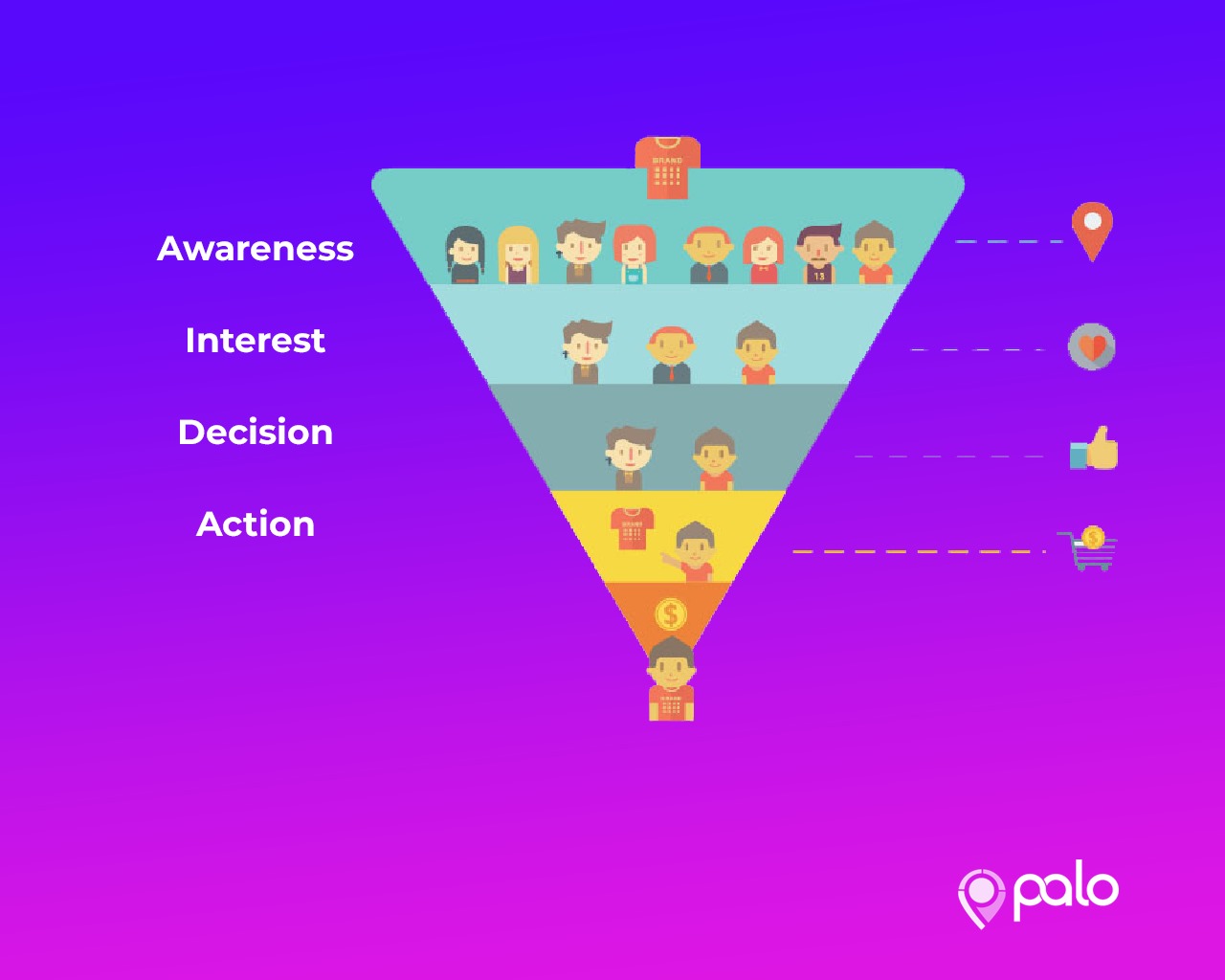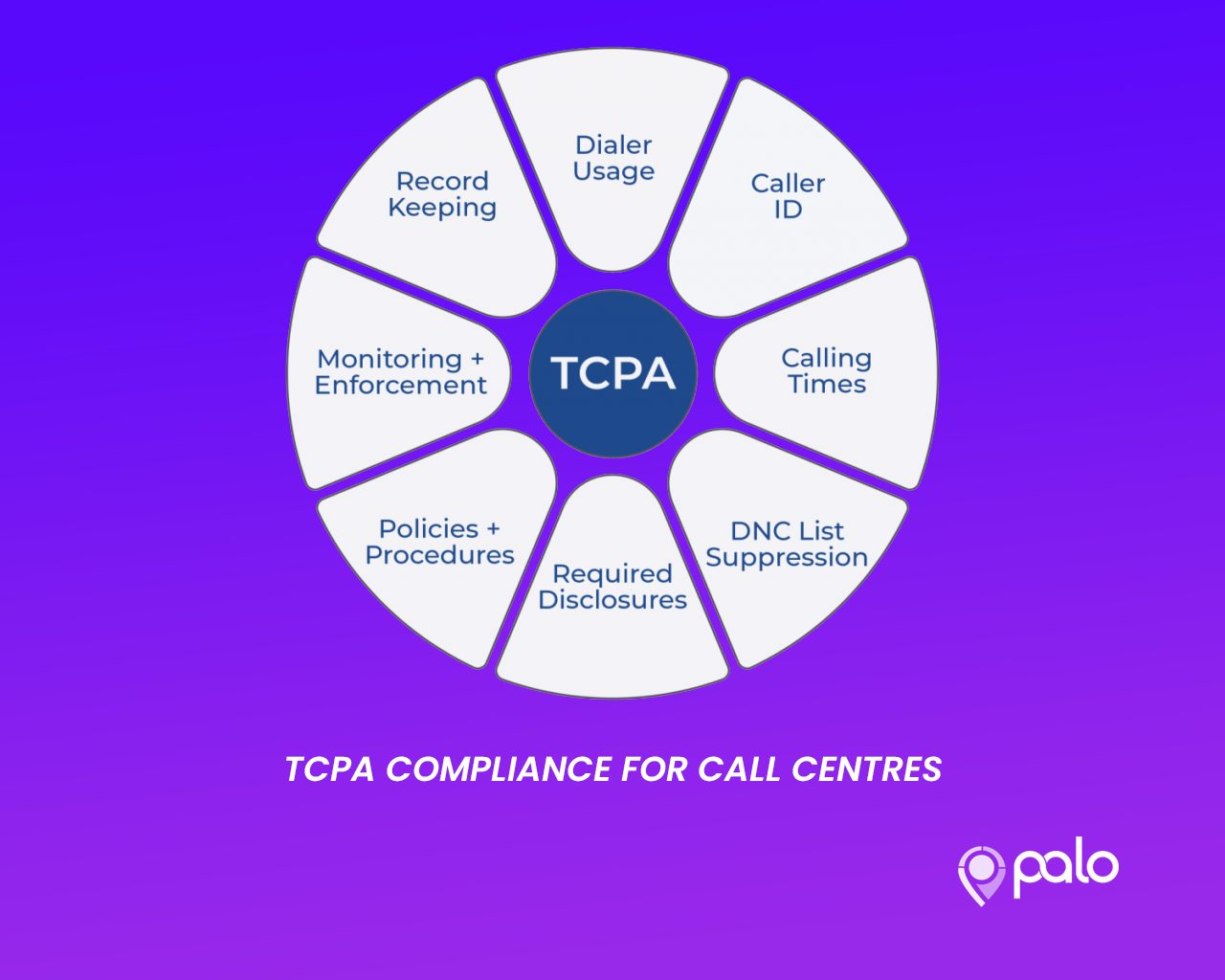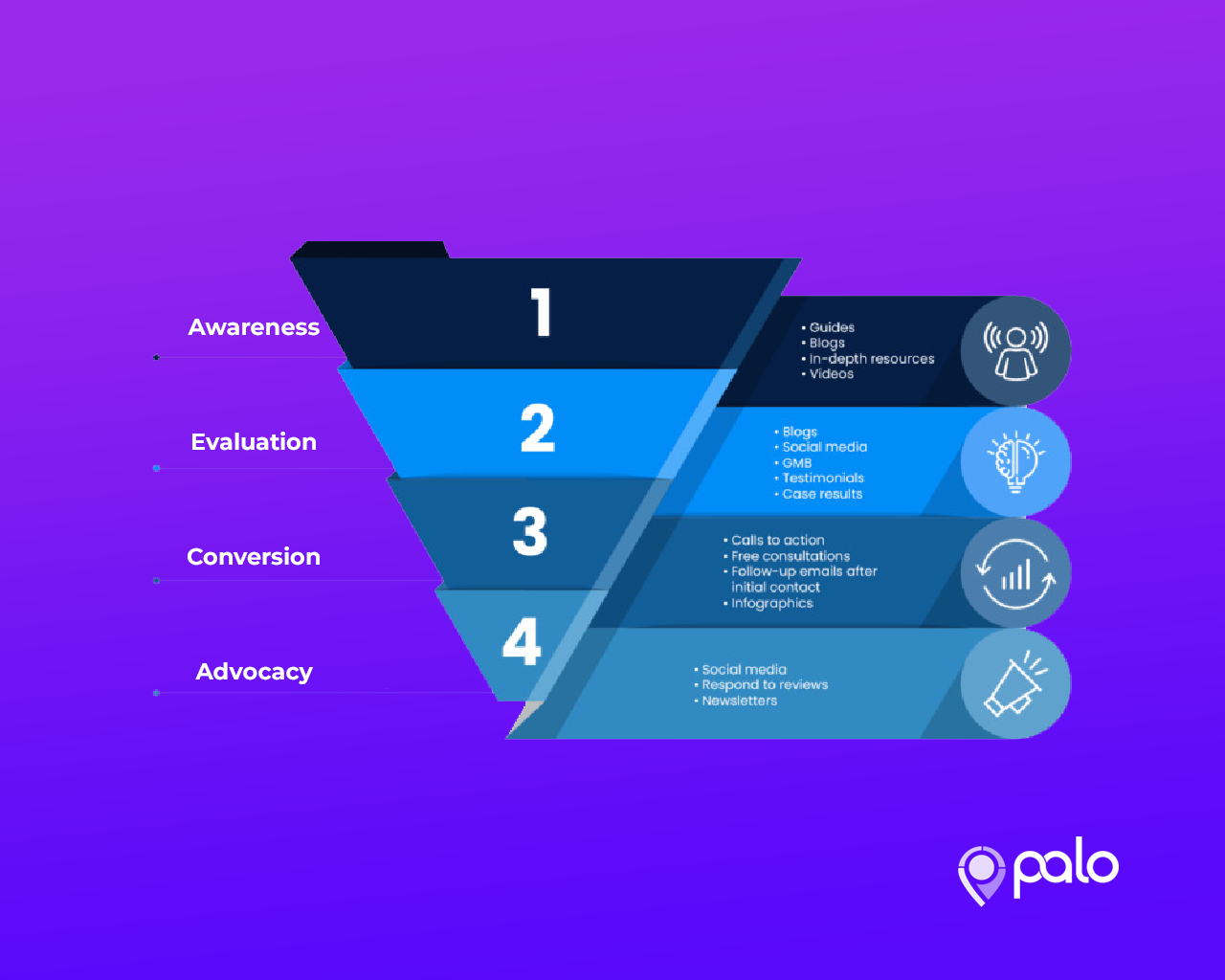
Warm Call Transfer vs. Cold Call Transfer: What Is the Difference?
In a typical call center setting, call transfers are almost unavoidable. Even though there are many ways to minimize transfers and keep your agents on line until they resolve consumer concerns and respond to all concerns, there will always come a time when you have to transfer a call.
Whether the customer concerns are beyond a call agent’s knowledge and experience or require specific assistance, call transfer is inevitable.
One thing you must keep in mind is that customers don’t like to be transferred. They always want to deal with one agent from the start to the end. So, if you are going to transfer a call, you need to understand how to do it right to avoid losing valuable leads.
When it comes to call transfers, the two main strategies used are cold transfer and warm transfer. You need to understand the difference between the two and figure out what your customers prefer.
In this post, we take a look at the major differences between cold and warm transfers and how each one of them can help you.
What Is a Cold Transfer?
A cold transfer, also known as blind transfer, happens when you transfer a call to another agent without speaking to them first. The new agent supposed to takeover may decide to answer or ignore the call. When the call is answered, it is automatically dropped on the other agent’s end.
In a cold transfer, the customer/caller must submit his/her details once more and explain the reason for calling to the new agent. The whole process can be irritating for the caller, and some of them may decide to terminate the call with leaving voicemails or callback options.

Cold transfers were standard business practices until recently when most businesses decided to migrate to warm transfers to improve conversions. When you call a small contact center that still relies on manual direction, you are likely to have your call transferred blindly to a call agent who hasn’t been briefed about your situation.
As such, you will need to do the briefing and explain your issue once the connection is made. If you are unlucky and the agent transfers your call again, you will be expected to repeat the process the second time.
This can be quite frustrating and could be enough to make a customer terminate the call, leading to business loss. Cold transfers occur most in organizations that don’t have a receptionist or someone answering customer calls.
It may also happen if your company has a receptionist, but he/she doesn’t take the time to brief the receiving party before transferring the call.
The Disadvantage of Cold Transfer
Even if your business is on the national “do not call list,” it is still possible there are certain times of the year when you experience a surge in the number of inbound calls. The calls could be from your existing clients, leads, or solicitors.
With cold transfers, the call might not get to where it needs to go. In other cases, a call might pass to someone else when another agent has already spoken to the caller, or there is someone else in a better position to help the caller. This blind movement wastes a lot of time and causes unnecessary transferring and phone tag.

You need to be cautious with cold transfers, especially if it is your primary way of getting clients. Sometimes, the phone experience could send a wrong first impression to a prospective client.
If the conversation before the transfer was long and important, a blind transfer could make the client angry when they are asked to repeat the details they had explained before.
What Is Warm Transfer?
Warm transfers are designed to rectify the shortcomings of cold transfers. In a warm transfer, the new agent receiving your call has been briefed about your details, location, and why you are calling. When the new agent picks up the call, you don’t have to repeat the details.
It also makes things easier for the new call agent because if you already know who you are speaking to and why they are calling, you will be better prepared to serve them. It saves valuable time that could have been wasted on repetition and stops the caller from being frustrated with repeating details.
Companies that implement warm transferring usually have a receptionist who informs the right call center agent that he/she has a call via instant messaging. In some cases, the receptionist might walk to the call agent’s desk to inform them of the call.
Warm transfers make callers feel welcomed and valued. With a warm transfer, the new call agent can even give a personalized greeting when they answer the call because they already know the caller and why they contacted the call center.
Advantages of Warm Transfer
With a warm transfer, the process is simplified and straightforward. The other agent can decide whether they have time to answer the call or send it to voicemail. Since he/she already has information about the caller and why they called, the agent is better placed to provide better customer service.

With a warm transfer, the caller is notified if the other agent is busy so that their call can be sent to a voicemail. If the caller is transferred to voicemail unnotified, it can be frustrating.
The friendly customer service and smooth flow of the entire warm transfer process keep callers happy and maintain a higher conversion and customer retention rate.
Do You Want More Inbound Calls? Talk to Us Today!
Are you looking for highly qualified inbound calls to your business? PALO is here to help you realize your dream and take your company to the next level. We are pay per call experts specializing in insurance, healthcare, legal, and financial verticals.
Talk to us today and let us start sending you a constant flow of highly qualified leads. Our primary objective is to see you succeed.






